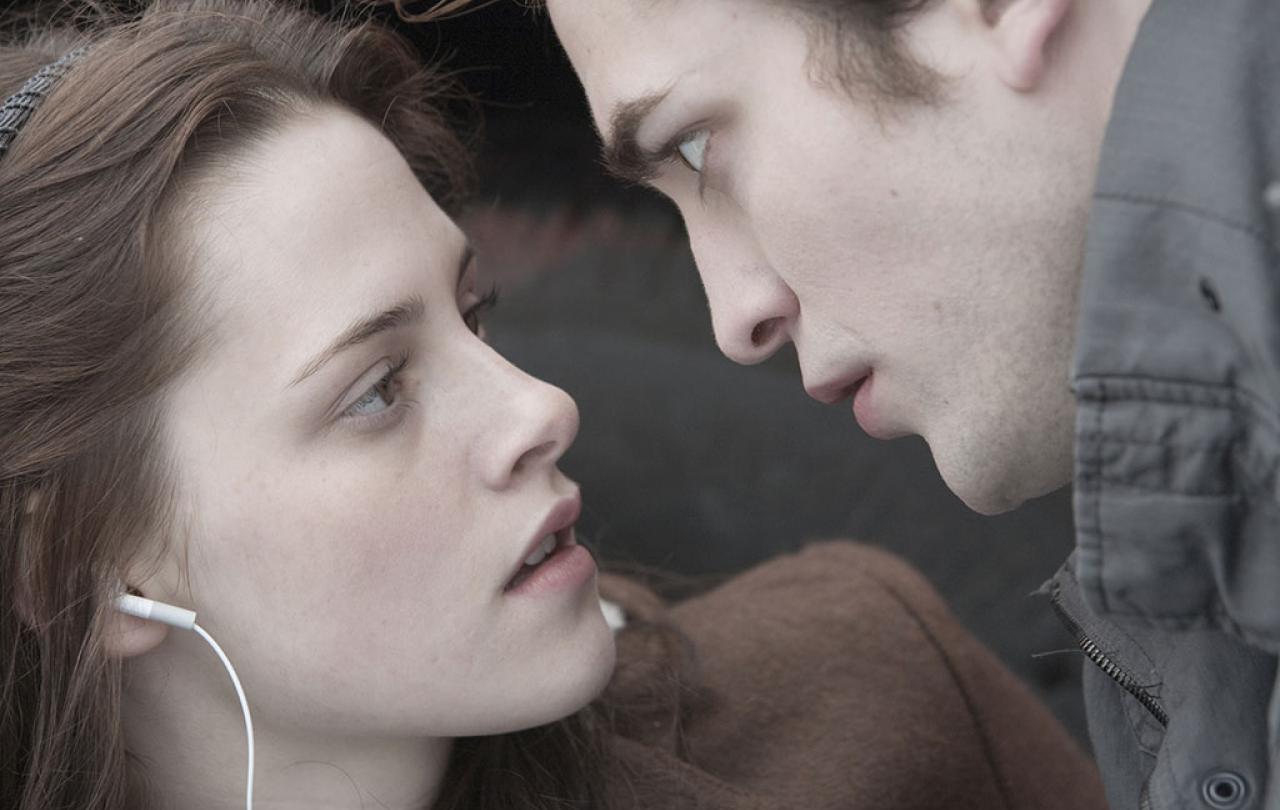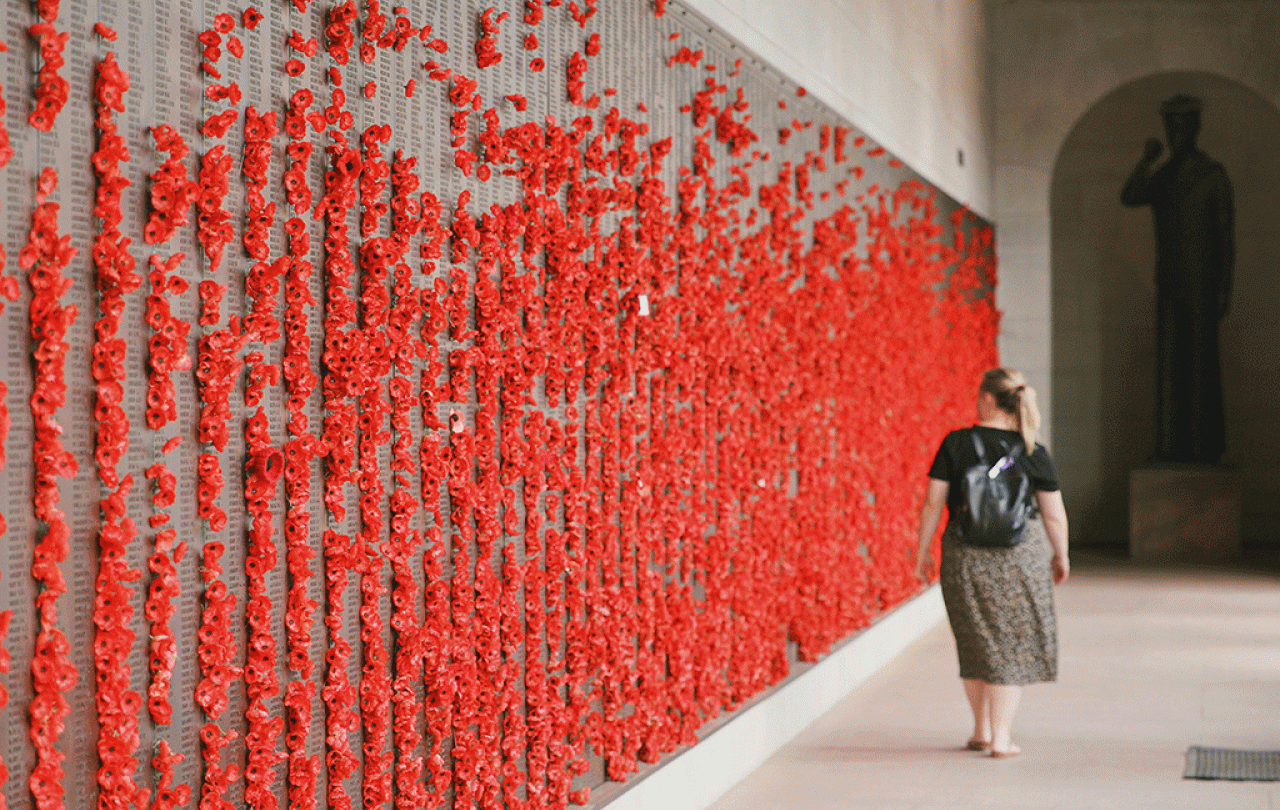Remembrance Day is complicated. A nation shows its gratitude for the service and sacrifice of its armed forces and tries to connect to its history. Never far away, are poppy politics, along with anxiety about identity and forgetting, and fears about nationalism and militarism. Is this the way to remember?
Last November, protests in solidarity with Gaza dominated the headlines. On Armistice Day, hundreds of thousands of people marched through central London to demand a ceasefire. In the preceding weeks, there was vigorous debate about whether the march should be cancelled. There were several motivations for this: there were genuine fears of violence and extremism, and of disruption at the Cenotaph, but also questions of whether marching on Armistice Day was inappropriate or disrespectful.
The march itself was organised to minimise the risk of disrupting public commemorations of Remembrance. It started several hours after the two-minute silence and followed a route several miles from the cenotaph. It was mostly peaceful, although there were arrests for anti-Semitism, open support for terrorism and violent attacks on police officers. Armistice Day did see violence around the cenotaph, but this was from the self-described ‘Cenotaph Defenders’ who had organised a counter-demonstration against the Gaza march. The group of football hooligans and far-right EDL members gathered with poppy emblazoned banners declaring ‘Have some respect for British Heroes’. Within a few hours, the calls for respect had degenerated into violent attacks on serving uniformed officers, in this case the police.
The far-right’s adoption of remembrance symbolism can be seen as an extreme form of a wider entanglement of poppies and politics. The red paper poppy is a symbol of remembrance, but it has other connotations. For some it invokes patriotism and feelings of pride in their country, for others it represents conformity and militarism. Whether television news presenters are wearing them attracts disproportionate attention. In 2019, one Australian TV network had a very tasteless segment denouncing a rival station whose newscasters failed to wear poppies. The non-poppy wearing hosts were accused of failing in their duty to respect their country and to help preserve its culture and traditions. Regardless of the presenters’ actual reasons, this feels like a lot of baggage to load onto the delicate poppy, a symbol of quiet remembrance and gratitude.
Unsurprisingly, this has led many to question whether Remembrance Day has become detached from its original purposes. Twelve years after the death of the last British First World War veteran, there is little living connection to either of the two world wars. With this passage of time, there is a growing danger of mistaking the symbols of ceremonial Remembrance for the thing itself.
The focus of remembrance can shift away from the sheer horrors of war, from awe at the sacrifice of our forebears, and from the resolved ‘never again’ to fixing our gaze on the processed goods: the ceremonial silence, the poppies themselves and even the quality of our own emotional response.
Some commentators have suggested that organised Remembrance has served its purpose and is best forgotten, and that too much remembering is a bad thing, fuelling grudges and sectarian conflicts. Personally, I’m not convinced, but I do think our current Remembrance is missing something.






